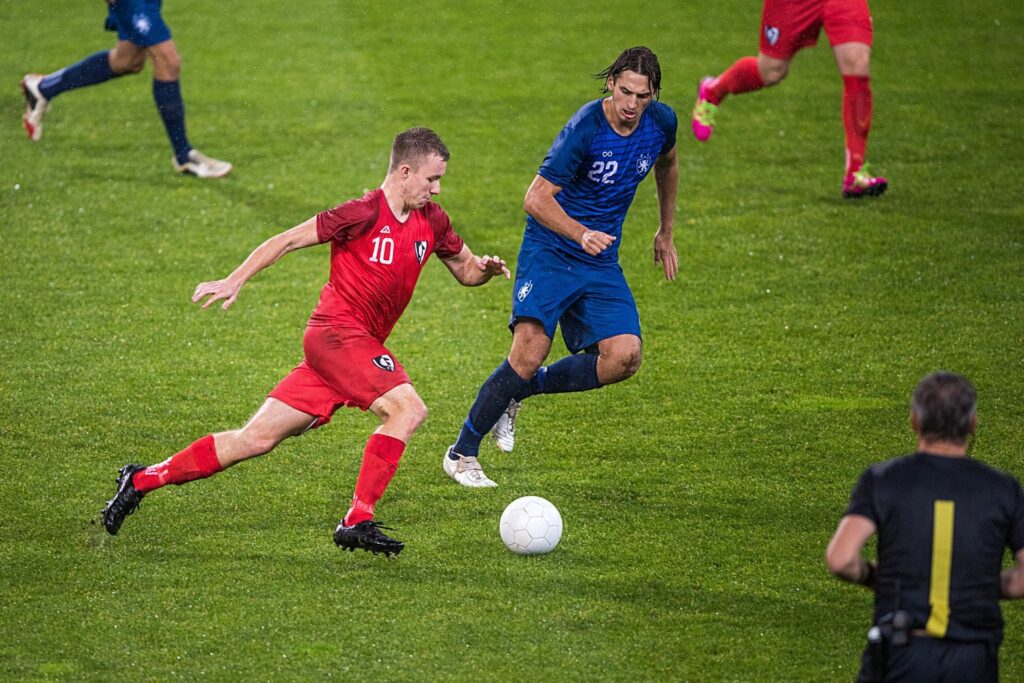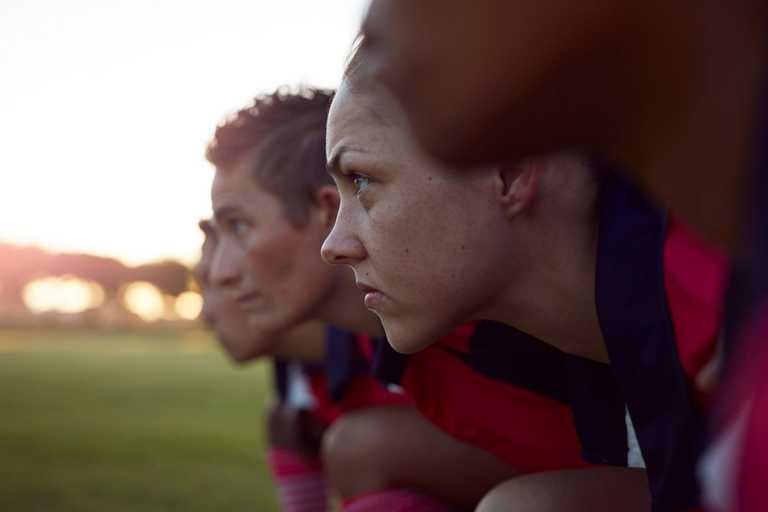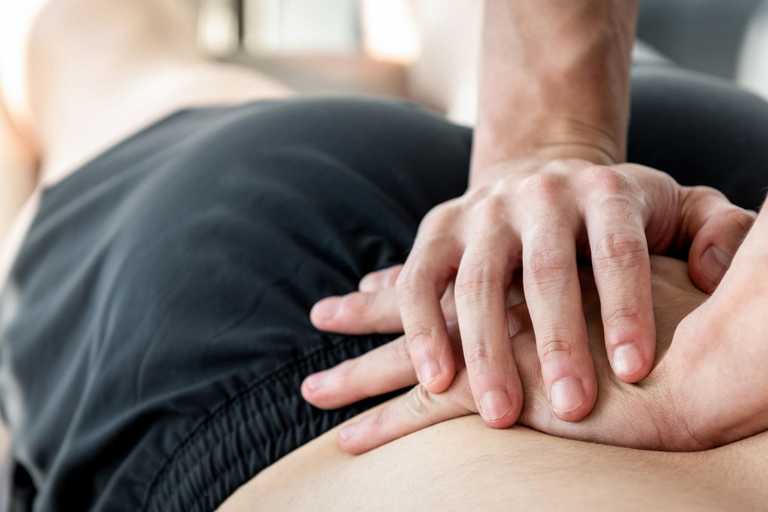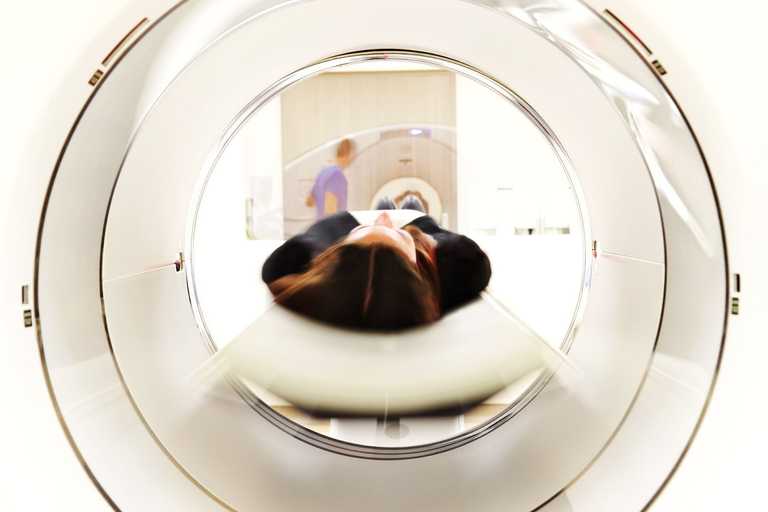
Running Performance Assessment
Let the experts help you optimise your running performance. At Prime Health we’ve developed a comprehensive Ru...

A hamstring injury is a strain or tear to the tendons or large muscles at the back of the thigh. It is a common injury amongst athletes, particularly for professional footballers.
Justin Yeoh, Sports and Exercise Medicine Consultant who consults at Prime Health Surrey has treated countless patients including many professional sports players and footballers for hamstring injuries. Justin advises that while the treatment and management of such an injury can be straightforward for many patients, ensuring a quick return to activity and minimising any long-term damage is paramount and their top priority. Here, Justin shares his expert advice and recommendations for recognising and treating a hamstring injury:
Hamstring injuries are common sports injuries. It is classically recognised as a pain at that back of your thigh and can vary from a mild muscle pull to a complete muscle tear. It usually occurs as a sudden event and a result of stretching the muscle or tendon beyond their limit.
A hamstring injury can happen when jumping, climbing, running quickly or sprinting for a ball. For footballers, it can also happen if quickly stretching your leg out to tackle or reach the ball. Athletes or footballers usually have to stop what they are doing or stop playing. The temptation can be to try to continue through the pain, but this can cause more damage.
This type of sports injury is more complex than you think. There are five muscles that form the hamstring group and anyone of these could be injured, but usually is the muscle on the outer portion of the leg. A true injury is a ‘tear’ to one of these muscles that can have varying severity – mild grade 1, moderate grade 2 or severe grade 3. It is important to see a clinical specialist if you experience a hamstring injury so that they can determine the severity of it.
If you experience sudden pain in the back of the thigh area the pain may not necessarily be due to a tear. It could be simply tightness or fatigue in the muscle. However, this is can be a warning sign that a tear will occur in the future if not addressed.
It could also be nerve pain and not related to the muscle at all. For example, you can have a disc protrusion in your lower spine pinching on a nerve that runs down the back of your leg (sciatic nerve) mimicking hamstring injury symptoms.
If you injure your hamstring, follow these simple steps in the first few days after the injury.
REST – Avoid any exercise or activities that will aggravate the injury.
ICE – Apply an ice pack to the injury for up to 10 minutes every 2 to 3 hours.
COMPRESSION – Wrap a bandage or use a Tubigrip to reduce swelling.
ELEVATE– Keep your leg elevated as much as possible.
It is important you seek professional advice from a qualified healthcare professional for any of the following scenarios:
A consultation with a consultant that specialises in Sports and Exercise Medicine is very beneficial and recommended for this injury. When presenting with a potential hamstring injury a thorough clinical examination will be performed. If appropriate, an ultrasound scan can be done during the appointment to aid diagnosis – this can save waiting for a more advanced imaging scan, such as an MRI.
Once a clear diagnosis is made, a management and rehabilitation programme can be devised specifically for you and your specific injury. A specialist Sports and Exercise Medicine Consultant will allow a safe return to activity as soon as is possible and will minimise the risk of future injury. They can guide you safely through this process, whether it is from the initial injury or at the end stage and getting you back to exercise and your sport.
Don’t delay getting an assessment or it may result in a ‘niggle’ getting worse and becoming a tear or a ‘significant injury’ which will cause long term problems.
Let the experts help you optimise your running performance. At Prime Health we’ve developed a comprehensive Ru...
You love to perform at your best. So when injury stops you in your tracks, it can be really tough. It’s vital ...
You love to perform at your best. So, when injury stops you in your tracks, that can be hugely frustrating. At...
The physiotherapists that work at Prime Health are among the most effective and experienced in the country - m...
At Prime Health you can get an ultrasound scan quickly and efficiently. Our service is built around your need...
Prime Health gives you fast access to the latest MRI expertise and 3T technology so you can get diagnosed and ...
If you don’t have a referral from a health professional, you can now easily self-refer for an MRI scan at Prime Health. We offer daily appointments, allowing you to choose a time and date that suits your convenience.





